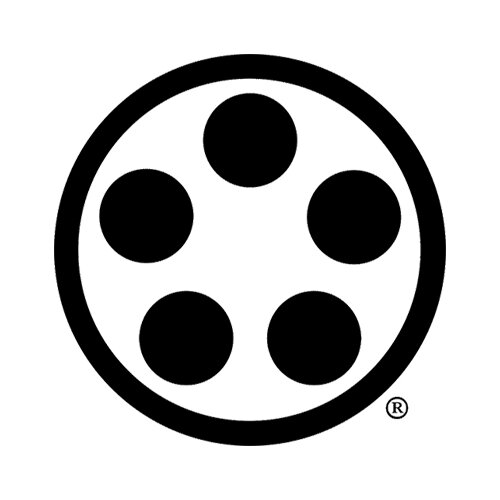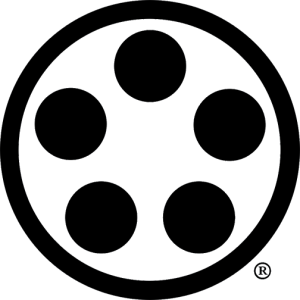Budo and a Block of Wood
During a recent conversation on budō, the topic of just how difficult it is to judge a kata in an open karate tournament came up. For a JKA black-belt to judge a series of JKA kata is not too hard. But, what if he has to look at a series of kata from schools as diverse as Shorin-ryū, Gōjū-ryū, and Wadō-ryū? Aside from the fact that there are major differences in techniques, there will also be some major differences in the philosophy behind the techniques.
The fundamental question seemed to be, "Is quality an absolute, or must it always be judged in context?" While I will admit that a technique must be ultimately judged in context, according to the standards of its own ryū, there are still a number of factors that apply to all schools.
A Block of Wood
As a reference, I will use a wooden cube measuring 4" on a side. You could apply these arguments to just about anything, but a chunk of wood is easy to obtain and easy to work with. And, if there is such a thing as absolute quality, it should apply to something as basic as our simple cube.
The ultimate test will be: Does our statement of quality apply equally to a block of wood and budō?
Workmanship
Using a simple handsaw, you can guess at the measurements and create a rough cube of wood with only a few minutes work. Use a good table saw and the result will be quite a bit nicer. An expensive planer does an even better job.
I don't think anyone would deny that a perfectly machined cube of wood, measuring precisely 4.00" to a side and with each angle being exactly 90.0, is of higher quality than a crudely carved lump that is only approximately a cube in shape. This, then, gives us our first rule of quality:
Quality is proportional to precision.
This rule is easily applied to our problem of judging kata. As most kata will contain multiple instances of the same technique, you merely compare techniques: Does each zenkutsu-dachi look exactly like every other zenkutsu-dachi, or can you spot differences between them?
Difficulty
All other factors being equal, a block of oak is perceived as being of higher quality than one of pine simply because the hardwood cube is harder to make. A cube of ebony would be even better. Difficulty of workmanship can also include difficulty in obtaining the raw materials: you can get a chunk of pine at any lumber yard; finding a piece of black walnut is much harder.
The phrase "all other factors being equal" is of critical importance: a crudely carved block of oak is not viewed as being superior to a finely made cube of pine. Therefore, for our second rule:
Quality is proportional to effort.
Applying this rule to kata, a good yoko-geri jōdan gets more points than one of equal quality to a low level because the high kick is harder to do. Again, difficulty ranks below precision: a great low-level kick should score better than a bad upper-level kick.
Finish
You could take your block of wood, a slab of glass, some oil, and a fine abrasive, and lap your cube into perfect polish. You might even go so far as to create a jig to hold the wood so as not to round the edges during the polishing process.
The result of many hours of extra work should be a cube that seems to glow. It's so perfect that you don't want to breathe on it, much less touch it, which gives us a third rule:
Quality is proportional to finish.
Please note how this ties in with our first two rules. If the angles of the original block weren't true, or if there are a lot of tool marks on the wood, all the polishing in the world won't make it beautiful. Also, a hardwood will take a much nicer polish than a soft piece of pine.
Applying rule three to a kata is very difficult and it's something that you only learn from experience. There is no way that the difference between a kata that is done well and one that has been finely polished can be expressed in words, and it's not something that a junior can ever appreciate. (It's like learning how to spot the difference between an off-the-rack and a tailor-made suit at a glance.)
Artistry
Going back to our polishing stage, there are a couple of options. You could use a very hard and very fine abrasive, and a very hard wood such as ebony. With enough time, the result should be something that looks more like a block of black glass than wood. But, this is something that could be done by machine.
On the other hand, you might note that the hardness of wood is not a constant. With a lot of experimentation, you could find an abrasive that had more effect between the grain than on the grain. The result of this would be a cube of wood, perfectly polished and measuring exactly 4.00" on a side, that was still rough enough to allow you to feel its texture. There are two important parts of such artistry: The block must start with some good, basic, mechanical workmanship; the variations must be unique and of such a nature as to enhance the finished product. Therefore, our fourth rule is:
Quality is proportional to artistic content.
This is even harder to apply to a kata than proper finish was. It also requires the judge to make a tough decision: "Is this person modifying the kata to cover up a basic lack of ability, or do the changes come from the heart and are they based on a solid foundation of great technique?"
Conclusion
Please note that I have not discussed such things as speed, strength, focus, breath, or balance. These are things particular to budō and, therefore, cannot be a numbered among the absolute elements of quality. Workmanship, difficulty, finish, and artistry, however, apply to everything from a koshi-nage to a coat. And there is a difference between K-Mart and Brooks Brothers.
The End


